Some facts don’t just surprise people, they completely short-circuit logic.

They’re real, proven, and wildly hard to believe, even after you’ve heard them a few times. These are the little knowledge bombs that make you pause mid-conversation or immediately reach for Google. Whether they come from nature, science, or space, here are some seriously strange-but-true facts that continue to mess with people’s heads in the best possible way.
1. Octopuses have three hearts, and two stop when they swim.
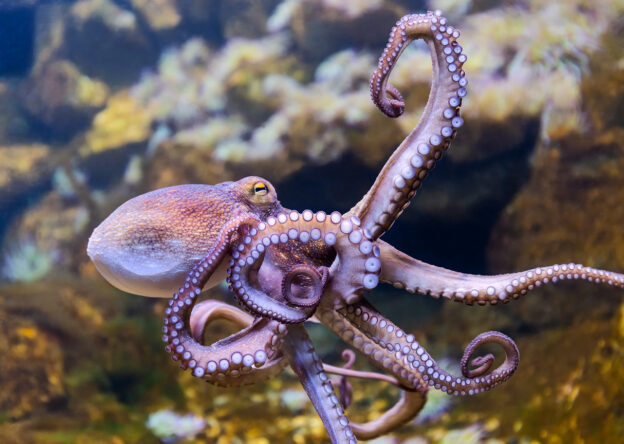
It sounds made up, but octopuses have three hearts. Two pump blood to the gills, and the third keeps circulation going to the rest of the body. But here’s the truly bizarre part — when they swim, the main heart temporarily stops beating.
This is partly why octopuses prefer crawling. Swimming is physically draining for them, even though they live in the ocean. It’s a reminder that even the most alien-looking animals have limits, and sometimes those limits are completely opposite to what you’d expect from a sea creature.
2. Bananas are berries, but strawberries aren’t.
 Source: Unsplash
Source: Unsplash If you thought strawberries were the ultimate berry, science has other plans. Botanically speaking, a true berry must come from one flower with one ovary and contain seeds inside, which bananas do. Strawberries, on the other hand, don’t meet that definition.
It’s a fruit category shake-up no one asked for, but now you’ll never look at your fruit bowl the same again. It’s one of those classification rules that feels like it was created just to confuse everyone, and yet, it’s completely real.
3. A day on Venus is longer than a year on Venus.
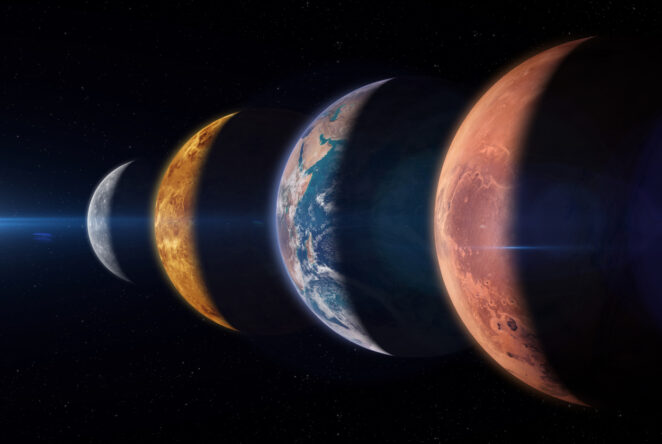
Venus spins so slowly on its axis that it takes about 243 Earth days to complete a single rotation. However, it only takes 225 Earth days to orbit the sun. In other words, its day is longer than its year.
This fact breaks almost everyone’s mental calendar. It makes you rethink the basics of time and how we measure it, and serves as a perfect example of how completely different the universe can be from our Earth-based assumptions.
4. Wombat poop is cube-shaped.
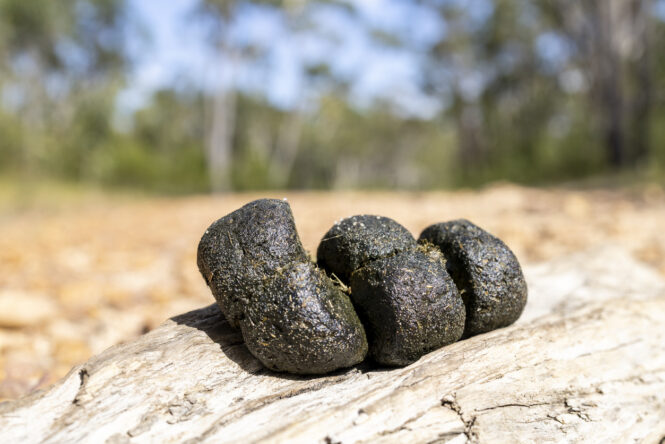
Yes, cube-shaped. Wombats produce poop in neat little squares, and researchers believe it helps prevent it from rolling away. That’s helpful, since wombats use their droppings to mark territory in the wild.
It’s one of those facts that sounds like someone’s pulling your leg until you look it up and realise it’s 100% true. It’s not just quirky trivia, either. Scientists have studied the unique digestive system that makes it possible. Wombats really do defy expectations.
5. There are more trees on Earth than stars in the Milky Way.
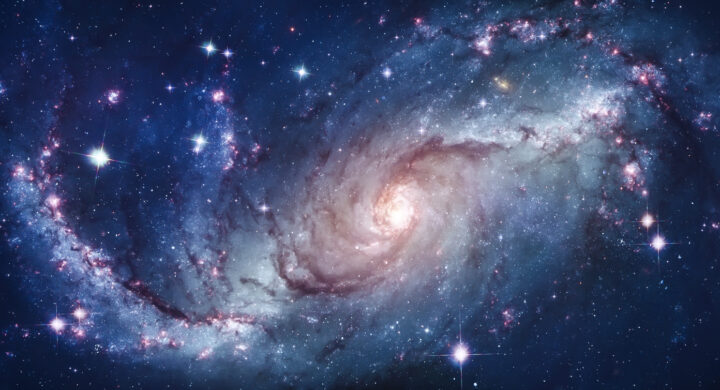
Most people assume the sky must win this numbers game, but Earth pulls off a shocker. Scientists estimate there are around three trillion trees on the planet, compared to roughly 100 to 400 billion stars in our galaxy.
That comparison flips your perspective instantly. It makes our world feel more vast and full than we often give it credit for. When you consider just how dense and interconnected forests are, it’s actually pretty mind-blowing — and also a reminder of how much we take for granted.
6. Humans share about 60% of their DNA with bananas.
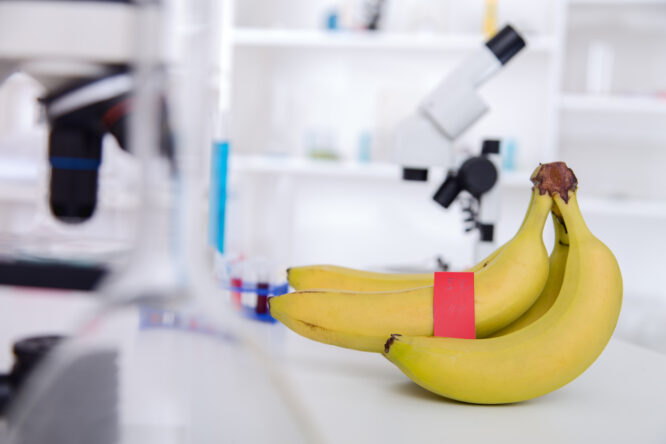
It sounds like the setup for a joke, but it’s a serious scientific truth. Because all living organisms share a common genetic code, there’s considerable overlap, even with plants. Many of the genes we use for basic cell function are shared across species.
It’s not saying we’re fruit relatives, but it is a gentle reminder that life is more connected than it seems. This kind of genetic overlap shifts the way we think about biology, and it’s always the one that makes people say, “Wait, really?”
7. The Eiffel Tower grows in the summer.

Due to thermal expansion, the iron in the Eiffel Tower expands as temperatures rise, making it grow up to 15 cm taller during summer months. When it cools down again, it contracts back to its original height.
It’s a subtle change, but it completely challenges our idea that massive structures stay perfectly still. The fact that a landmark like that can subtly breathe with the seasons adds a strange sense of life to something made of metal and bolts.
8. Sloths can hold their breath longer than dolphins.
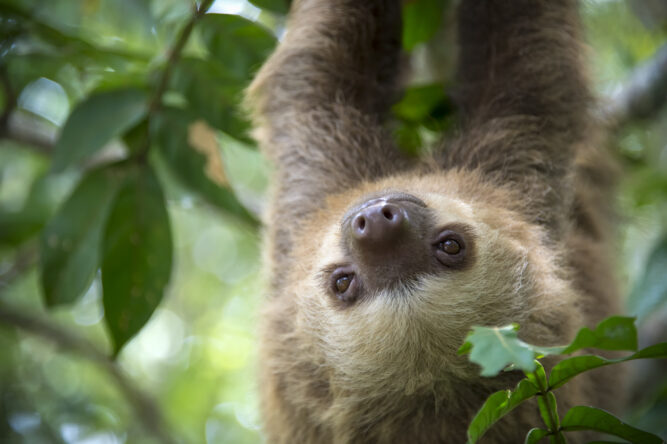
Sloths are famously slow, but here’s something they don’t get enough credit for: they can hold their breath for up to 40 minutes, thanks to their incredibly slow metabolic rate. Dolphins, in contrast, usually need to surface after about 10 minutes.
This is one of those unexpected matchups that completely flips expectations. It shows how being slow isn’t always a weakness. Sometimes it’s a hidden superpower, especially in nature, where patience often wins.
9. There’s a jellyfish that might live forever.
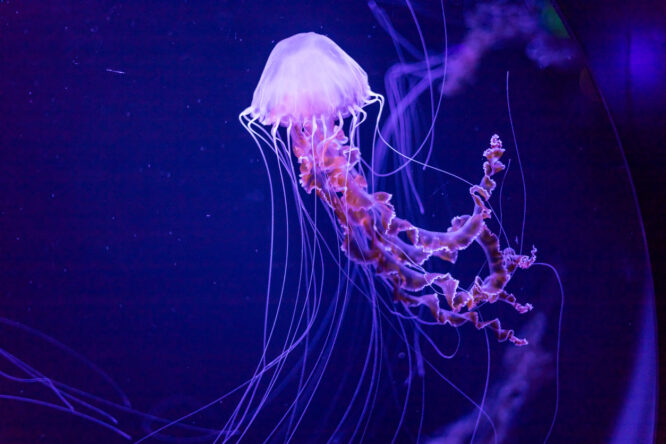
The Turritopsis dohrnii jellyfish has the ability to revert back to its earlier life stage after maturing, essentially starting over and avoiding death in the typical biological sense. In theory, this makes it biologically immortal.
It’s not invincible, but its ability to restart the clock is unlike anything we usually associate with ageing. People hear this and immediately wonder if it holds the key to longevity. It’s both mind-blowing and a little eerie.
10. Cows have best friends and get stressed when separated.

Far from being emotionless grazers, cows form strong social bonds and often pair off with a preferred companion. Studies have shown they have lower heart rates and show signs of distress when separated from their chosen friend.
It’s one of those facts that adds a whole new layer to how we view farm animals. Cows have emotional depth and social intelligence that’s easy to overlook, and it makes their world a lot more relatable than people expect.
11. It rains molten glass sideways on another planet.
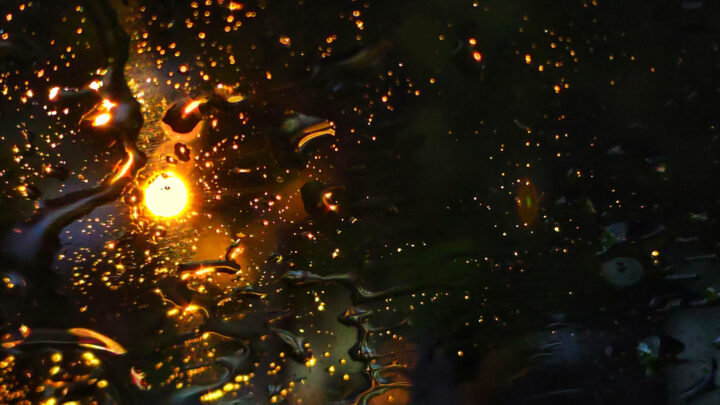
The exoplanet HD 189733b is a nightmare holiday spot, with fierce winds reaching over 5,000 mph and conditions hot enough to cause molten glass to form and blow sideways through the atmosphere.
It’s the kind of fact that makes Earth feel like a safe haven in the universe. The idea of sideways glass storms instantly humbles anyone who’s complained about bad weather, and makes space feel a little less inviting.
12. Your stomach digests itself, but constantly protects you.

The acid in your stomach is strong enough to break down food and tissue alike, which means it would technically digest you if not for a self-repairing lining that regenerates every few days. That constant cycle is happening whether you think about it or not, and it’s part of what keeps your digestive system functioning. It’s both kind of gross and completely fascinating, and a quiet miracle of biology.
13. Clouds can weigh over a million pounds.

They look like fluffy pillows floating above us — but a typical cumulus cloud can carry more than a million pounds of water. The only reason they don’t fall is because the water droplets are spread out across a massive area and suspended by air currents.
It’s one of those facts that completely breaks your sense of logic. How can something so heavy look so light? It’s a reminder that appearances really can be deceiving, and that the sky’s doing more work than it lets on.




